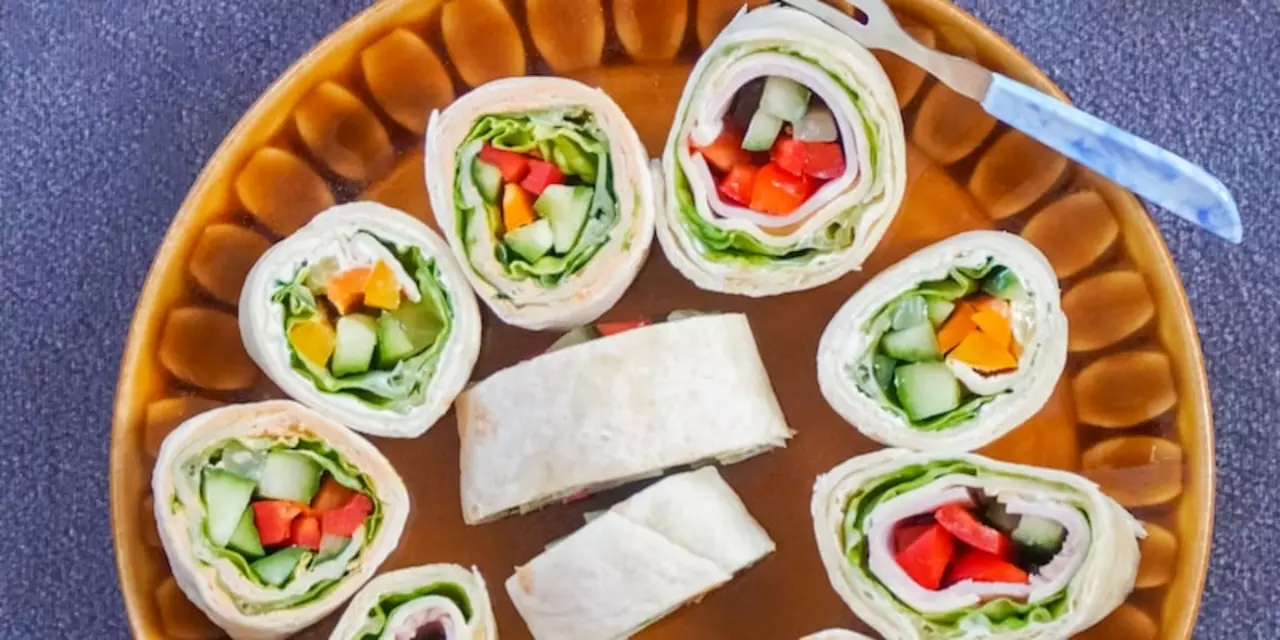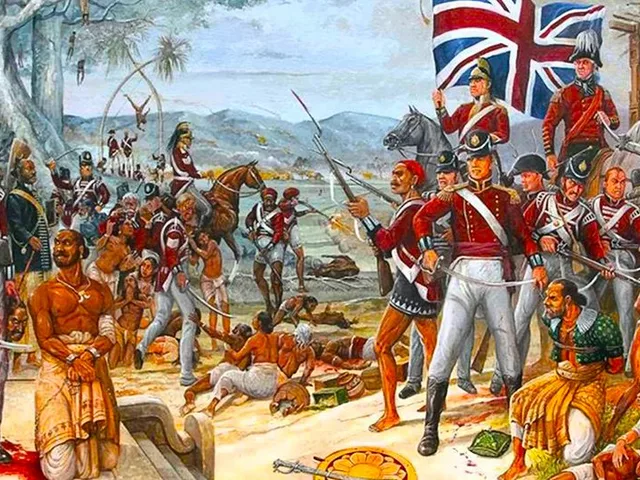Food Comparisons: Flatbreads, Flavors, and Fun Showdowns
Ever wondered why a breakfast in Delhi feels so different from one in Mexico City? The secret often lies in the flatbread you’re eating. Flatbreads are simple, but the way they’re made and served can change the whole meal. In this guide we’ll break down the most common flatbread face‑offs, starting with the classic paratha‑vs‑tortilla matchup.
Paratha vs Tortilla: The Basics
First off, paratha and tortilla come from two very different culinary worlds. Paratha is an Indian flatbread, usually made with whole‑wheat flour (atta) and a pinch of salt. The dough is rolled out, brushed with oil or ghee, folded, and then cooked on a hot tava (a flat pan). The result is a soft‑to‑flaky bread that’s a little thicker than most other flatbreads.
Tortilla, on the other hand, belongs to Mexican cuisine. It can be made from corn masa or wheat flour, but the most common versions you see in the U.S. are wheat flour tortillas. The dough is rolled very thin and cooked on a comal (a flat griddle) or even a skillet. Tortillas are typically thinner, more flexible, and have a neutral taste that lets fillings shine.
When it comes to cooking, paratha gets a generous amount of oil or ghee, which gives it a rich, buttery flavor. Tortillas are usually dry‑cooked, though you can brush them lightly if you like. Because parathas are thicker, they can hold hearty fillings like spiced potatoes, curried vegetables, or even a fried egg. Tortillas excel at wrapping lighter fillings – think beans, grilled chicken, cheese, or fresh salsa.
How to Choose the Right Flatbread for Your Meal
If you’re planning a breakfast spread, think about texture and flavor. Parathas are great when you want something filling and slightly crisp on the edges. They pair well with yogurt, pickles, or a dollop of chutney. Tortillas, being more pliable, work best for wraps and tacos where you want to pile on toppings without the bread overpowering them.
Cooking tips matter, too. To get that signature paratha crunch, heat the tava until it’s hot, then add a little oil before laying the dough down. Cook each side for about a minute, then press gently with a spatula to puff it up. For tortillas, keep the comal medium‑hot and cook each side for only 30‑45 seconds. Watch for tiny brown spots – that’s when they’re ready.
What about storage? Parathas stay soft for a few hours if you wrap them in a clean kitchen towel. Tortillas, however, can dry out quickly, so keep them in a sealed container or a zip‑lock bag. If they get a bit stiff, a quick steam over a pot of water for a minute revives them.
Beyond the paratha‑tortilla showdown, there are plenty of other flatbread face‑offs you can explore – naan vs pita, roti vs chapati, or even puff pastry vs croissant. The key is to look at the ingredients, cooking method, and typical accompaniments. That way you’ll know which one fits the dish you’re planning.
Bottom line: flatbreads are more than just a side. They set the tone for the whole meal. Whether you grab a warm paratha for a hearty Indian breakfast or a soft tortilla for a quick Mexican lunch, understanding the differences helps you pick the right bread and make every bite count.

What is the difference between a paratha and a tortilla?
- Date: 14 Feb 2023
- Categories:
- Author: Aarav Khatri
Parathas and tortillas are both flatbreads that have different origins and ingredients. Parathas are unleavened and usually made with whole wheat flour, while tortillas are made with corn or flour. Parathas are usually cooked on a tava, while tortillas are cooked on a comal. Parathas are usually served with various accompaniments such as potatoes, yogurt, chutney, and pickles, while tortillas are usually served with a variety of fillings such as cheese, beans, or meat. Furthermore, parathas are usually thicker than tortillas, making them a popular breakfast option.




